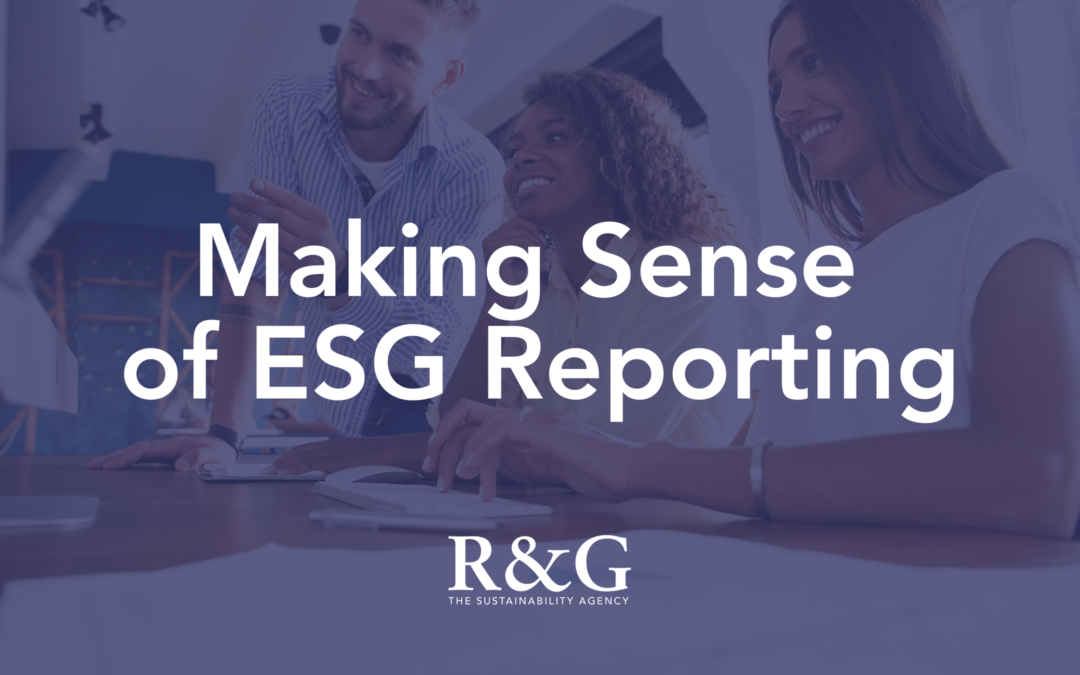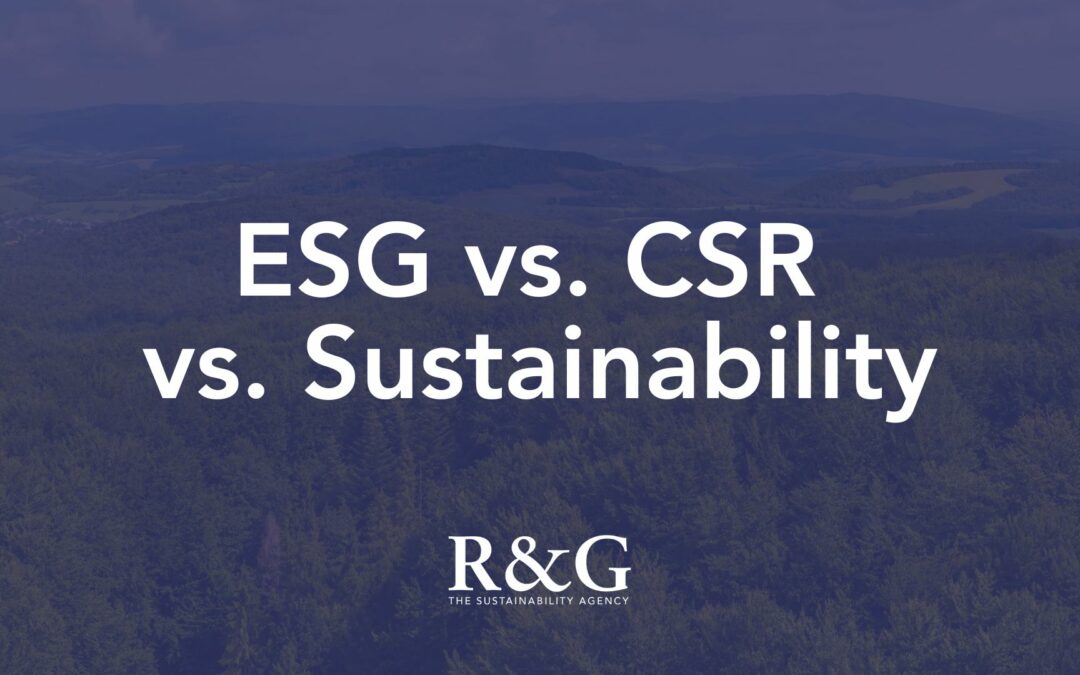Four steps to take BEFORE you launch your innovative sustainable product or brand.
Turning a net new invention or solution into an iconic brand isn’t easy – and one-of-a-kind companies in the sustainable space are often on the very leading edge.
Complex ideas, new tech, or an R&D focus can set up obstacles for the average consumer’s comprehension and understanding of who, or what your company and offering are all about.
Taking totally unknown concepts or applied innovation, and turning them into a beloved customer staple requires strategic audience and market understanding, creativity and ingenuity, and most of all – perseverance.
Want to see one of our favourite examples of this in action? Check out the Seabin Project.
It all started when two Australian surfers got fed up with floating trash they kept spotting on what should have been pristine waves. They turned that frustration into entrepreneurship, developing and testing an innovative submersible solution for harbours, marinas, ports and ocean thoroughfares.
Sure, waste management as a business model in all its forms has always existed, but never in an automated, consumer-sized format designed for ocean use.
So Seabin, on of the world’s first B2C ocean rubbish companies, was founded – and the rest is history.
Well, sort of. Seabin is still a relatively new startup with product sales having just kicked off as of writing this – in November of 2017. But their story certainly contains a helpful lesson for net new offerings in the sustainability sector.
How did Seabin break into a new market with a new invention, and convince customers to try something they never knew they needed (let alone existed in the first place)?
They had a big, clear vision and they knew their audience – well before they launched their product.
How will you do it? Here are four important steps to help you break through:
1. Be about more than just your product
Of course for you to find success, people need to buy what you’re selling – but today’s consumer demands more. They don’t just want to understand the clear benefit to buying your product or service, they want to know who and what they’re buying into. They want a deeper connection with brands mirroring their own values – and they want to derive deeper meaning from their purchase. Tall order? Sure, but if you don’t have a bigger vision for your company – how will you get your audience excited about you? Don’t be in it ‘just for the money’. You can’t build a relationship with your future customer if you’re already turning them into a commodity.
What do you need?
A bigger vision. Your ‘hairy, audacious goal’ (Seabin’s is “an ocean without plastics.” Pretty compelling!).
2. Test your audience hypotheses from day one
Involve your audience in product development and pilot projects. Survey them early and often. Get your product out into the hands of a small, trusted group who need it, and who fit the profile of your real-world customers. Testing your hypotheses with actual audiences during the prototyping phase nets you incredibly valuable feedback. This doesn’t just help you optimize your offering and build your business case, it can also shape your marketing efforts and message as you uncover what your potential customer values most about you.
Come up with a set questions to ask your audience (‘Does our solution fit your problem? How would you use or apply it? How can we improve?’), give them a sample, ask them directly, analyze and action the implications as part of your prototyping cycle.
3. Get pre-revenue partners
Don’t build your business in a vacuum. There are hundreds of potential partners out there who can help support your efforts, either through parallel expertise or goals, a supply chain connection to their own products or services, or simply through a similar sustainable commitment.
If you have new cleantech, for example, an accelerator or network like MaRS might be the answer. If your service or solution can help enterprise businesses manage their own sustainability efforts, why not start a pilot project with one to prove your case? And don’t forget award programs like Canada’s 3M Environmental Innovation Award, which can unlock funding and resources, open doors to new markets and propel your discoverability.
How do you get prospective partners interested in helping? The same way you get your customers interested: by sharing your vision.
4. Resist the urge to chase every revenue opportunity
There are almost always multiple applications for the outcomes of research and development or early stage products – sometimes the market is deep and wide, and presents multiple opportunities from top to bottom.
So where do you start? Who will you target first?
Consumer need, market trends and your revenue goals will all play a role in determining where you’ll focus – but the most important thing is to focus in the first place. Targeted efforts to speak directly to/recruit your optimal early adopters will help you build scalable, consistent revenue – whereas chasing everyone might get you nowhere.
And even though you’re busy building your solution, don’t rush through research phase. Marketing intel is essential in identifying the most receptive and valuable potential audience segments.
Need help with your pre-revenue marketing planning? Email our Director of Strategy at [email protected] with your questions.



